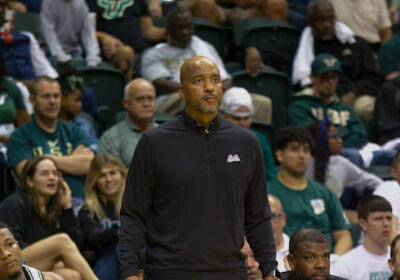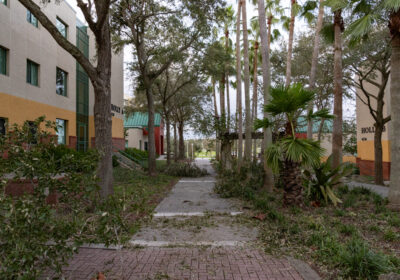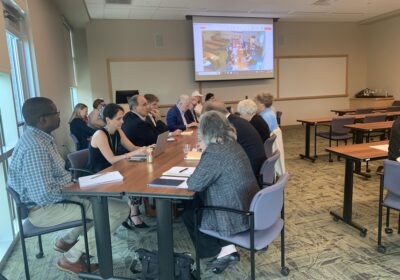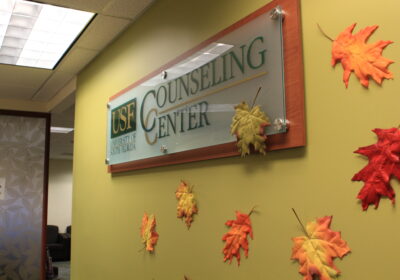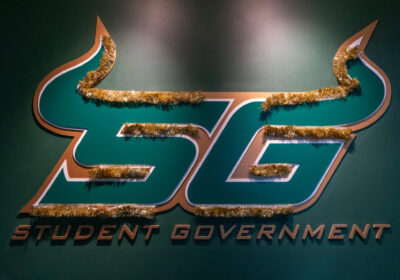New consolidated committee to review annual budgets for campus organizations, Student Success departments
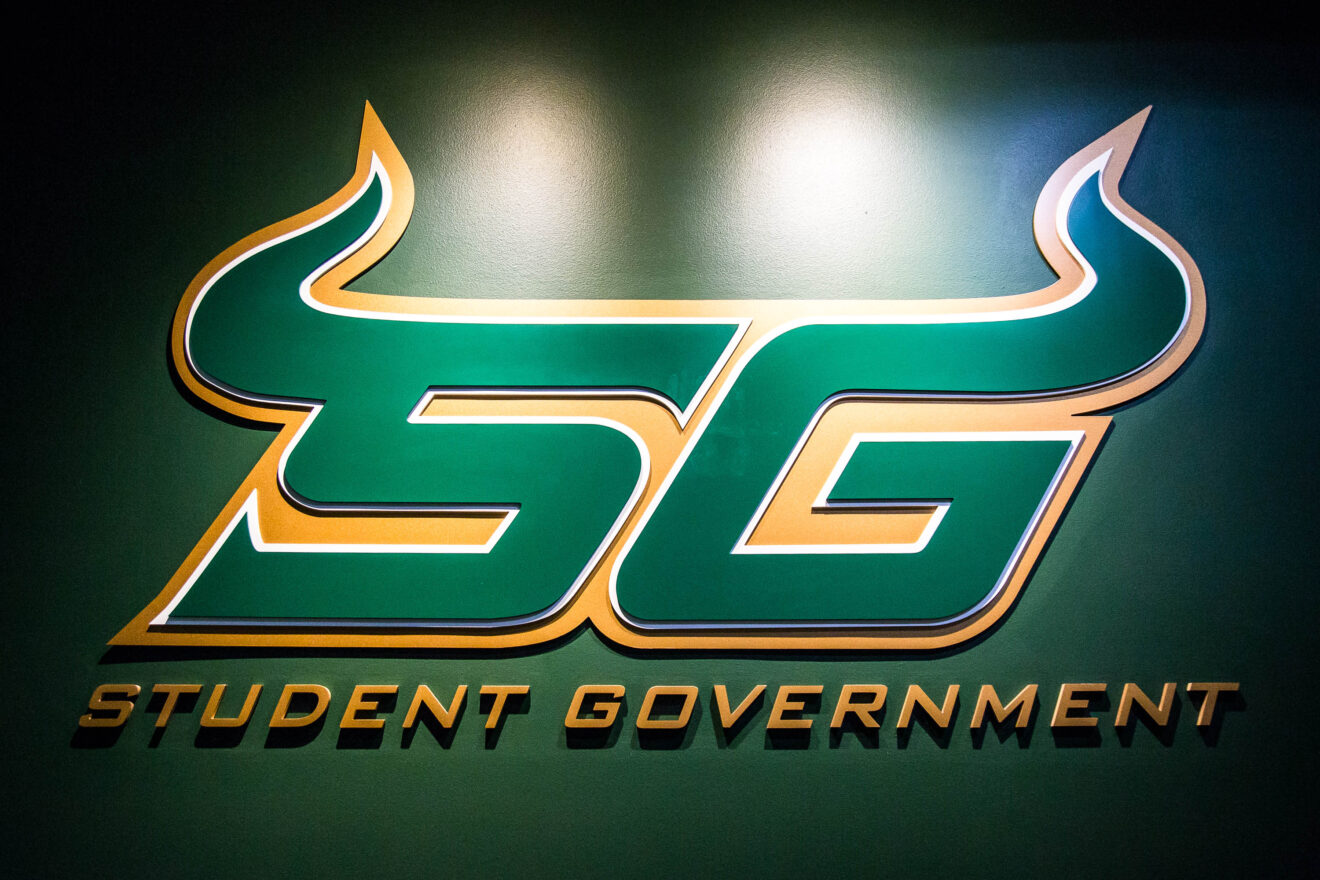
In an effort to provide fairness across campuses, the Campus Allocation Funding Committee (CAFC) was created under the Activity and Service Recommendation Committee (ASRC) to evaluate budget requests and determine allocations for student organizations respective to their campus’ local fees.
Under consolidation, CAFC will serve as an extra step for Student Government (SG) to guarantee that all campuses’ fees are being allocated accordingly, Tampa Governor Spencer McCloskey said.
While all students, regardless of their home campus, pay an Activity and Service (A&S) flat fee of $7 per semester, their local fees vary by campus.
Students at the Tampa campus pay $36.48 per credit hour in local fees, which consists of the Athletics fee, A&S fee and Student Health fee. For students at the St. Pete and Sarasota-Manatee campuses, they pay a total of $32.98 and $28.45 per credit hour in local fees, respectively.
Once their campus’ budget bill is finalized, CAFC will then send it to ASRC for review.
In ASRC, all three budget bills are then combined into one, which will then be presented to the SG Senate for approval.
McCloskey said ASRC will now serve as a “final check” before the bill is presented to Senate to ensure the fees are being fairly allocated. In the past, ASRC would be the main committee to prepare the annual budget bill of Student Success departments and more than 250 student organizations.
The bill would then be presented to Senate for approval before it’s sent to USF administration.
“It’s a much smaller committee, but hopefully we can kind of get business going rather than just talking around in circles which traditionally ASRC does when we sit in a room for eight hours on a Friday,” McCloskey said. “We tend to just talk about unimportant things so, hopefully, this year we can have that efficiency established when we have such a small committee.”
CAFC consists of a campus council chair as a standing seat, three primary and two alternate council representatives, the governor and lieutenant governor, and the deputy financial officer of their specific campus.
The alternates will participate in discussions, but they can’t vote. If two campus council members aren’t present during a meeting, then the two alternates can move up and fill in the absences.
The Student Business Services director, SG advising director and the student body president will also be a part of the committee, but as non-voting members.
While CAFC is new, the committee has been meeting since Sept. 25 to prepare for the upcoming fiscal year. McCloskey has been serving as the interim chair until elections are held within the next few weeks.
McCloskey said the CAFC elections were delayed as the campus council seats were filled during the expedited midterm elections in September. It took about three to four weeks to finish the hiring paperwork and screening of each campus council member.
“Last year, in November, everyone would be up to speed and we’d be ready to go for spring, but this year, we’re just a little bit behind the curve because we had that hiccup with campus council,” McCloskey said.
As CAFC prepares for the spring semester, McCloskey said the biggest challenge will be to evaluate and allocate all the unused money during the 2020-21 fiscal year due to COVID-19.
Since mid-March, all campuswide events and meetings have been suspended until further notice due to COVID-19. Without hosting their traditional events, student organizations and clubs weren’t able to spend their annual budget as originally planned.
All unused funds from Student Success departments, including the Center for Student Involvement and the Center for Leadership and Civic Engagement, and student organizations funded through the A&S fee will roll back to the “big pot,” according to McCloskey. Those funds will then be reallocated for the 2021-22 fiscal year.
“We might have a huge carryover of money that we’ll allocate for the next fiscal year, but we will also be having new entities come to A&S based on the budget shortfalls that are in the university,” McCloskey said. “So yes, we’ll probably have a little bit more money, but we also have to think about that there’s going to be more people coming to get A&S funding.”
When analyzing budgets and determining allocations, McCloskey said CAFC’s mindset will be as if “2020 didn’t happen.”
“We’ll look at it and carry it over to the next fiscal year which will be 2021,” McCloskey said.
Despite the internal change, McCloskey said the process to request funds and submit budgets will look the same for student organizations and Student Success departments across campuses.
“Of course, there are some hiccups just like everything when you have change,” McCloskey said. “But we’re trying to definitely mitigate those problems and move forward, and prepare the next year’s term for success.”

